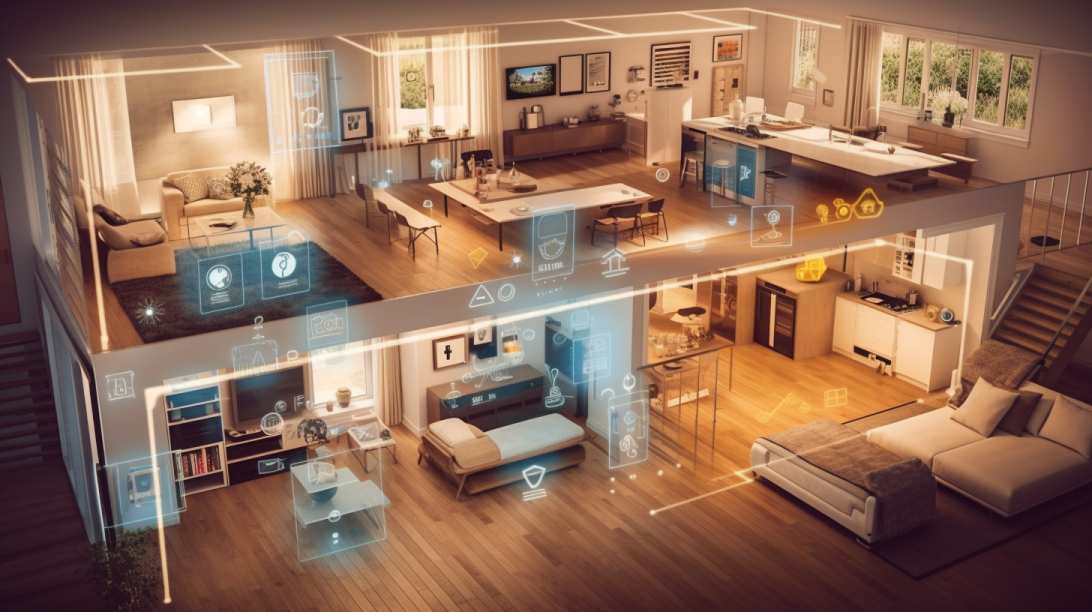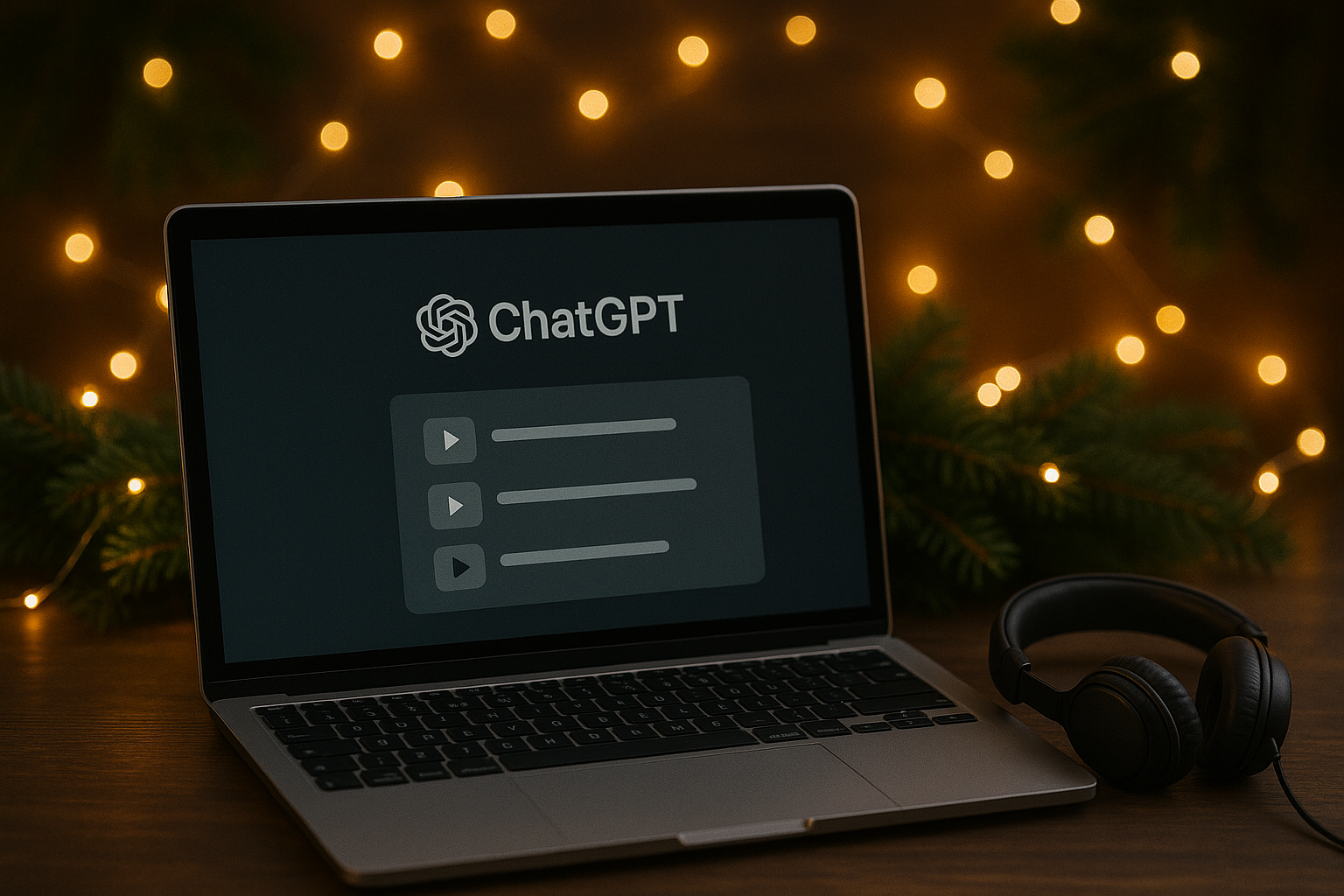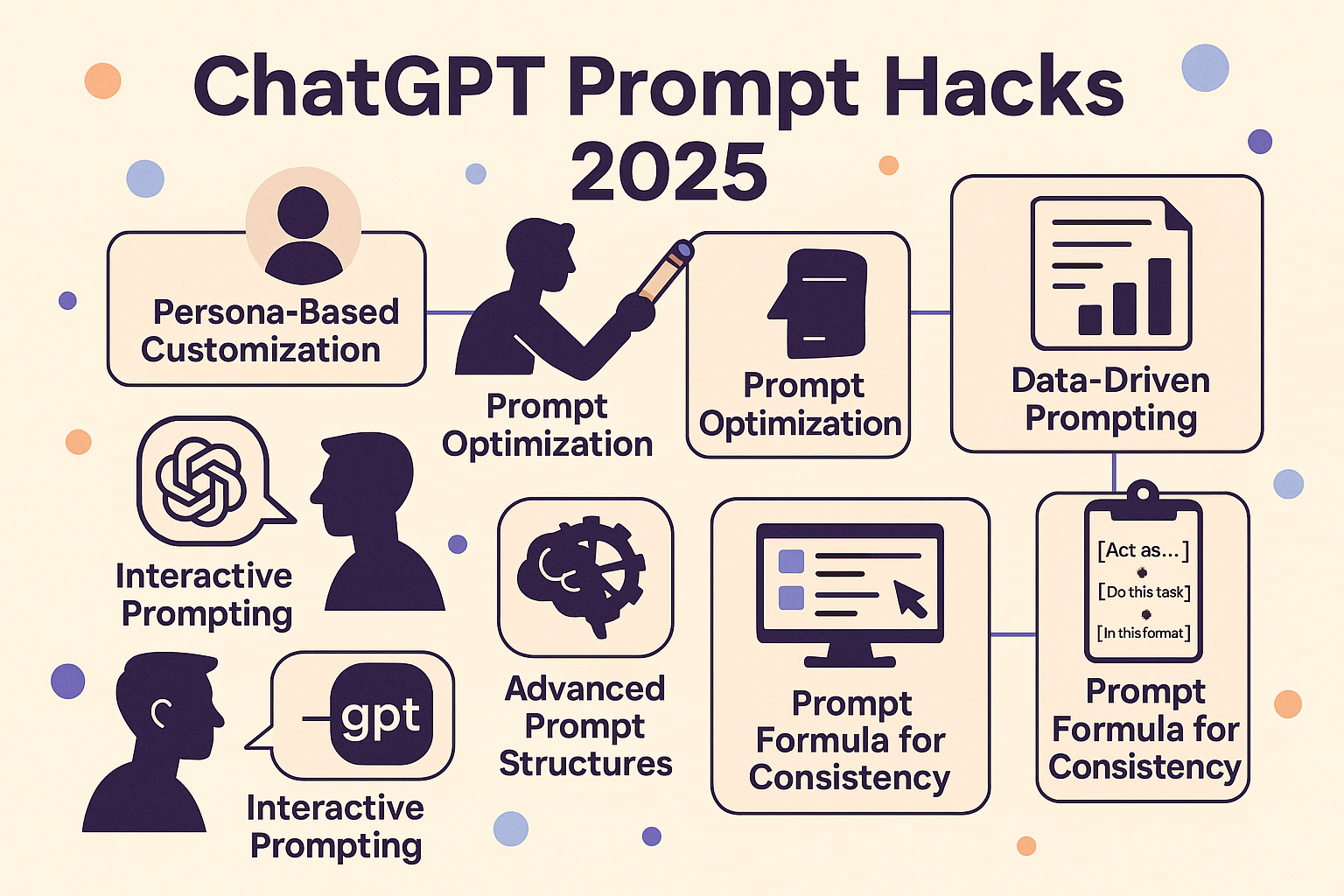Revolutionizing IoT with ChatGPT: A New Era of Smart Living
Harnessing the Power of AI to Transform the Internet of Things

The Internet of Things (IoT) has been transforming our lives, turning our homes, cars, and even cities into interconnected ecosystems of smart devices. But what if we could take this a step further? What if we could interact with these devices using natural language, just like we do with humans? Enter ChatGPT, a powerful natural language processing model developed by OpenAI. By integrating ChatGPT with IoT devices, we can create a more intuitive and engaging user experience. In this article, we will explore how this integration works, the potential it holds for the future, and the role of APIs and third-party apps in this exciting new frontier.
ChatGPT and IoT: A Powerful Combination
ChatGPT is an advanced AI model that can understand and generate human-like text. It can be used for a variety of tasks, such as language translation, text summarization, and dialogue generation. When integrated with IoT devices, ChatGPT allows these devices to understand and respond to human language, making the interaction more natural and intuitive.
For example, imagine controlling your Google Nest or Philips Hue devices with your voice, asking your car for the nearest gas station, or having a conversation with your robot vacuum cleaner. These are no longer scenarios from a sci-fi movie, but real possibilities brought to life by the combination of ChatGPT and IoT.
The Power of APIs
One of the key factors that make this integration possible is the use of APIs, or Application Programming Interfaces. APIs are sets of rules that allow different software applications to communicate with each other. The ChatGPT API, for instance, allows developers to send a series of messages to the model and receive generated messages in response. This makes it possible to integrate ChatGPT into a wide range of applications, from web services and mobile apps to IoT devices.
Being an open platform, ChatGPT encourages third-party developers to create their own applications and services using its API. This opens up a world of possibilities for innovative uses of the technology, as developers can tailor the capabilities of ChatGPT to suit their specific needs.
Third-Party Apps and Integrations
The flexibility of the ChatGPT API has led to a variety of third-party apps and integrations. Developers can create custom applications that leverage the natural language processing capabilities of ChatGPT to provide unique services and experiences.
For instance, developers can create apps that use ChatGPT to provide natural language interfaces for IoT devices, making it easier for users to control these devices using their voice or text commands. These apps can be designed to work with specific devices or platforms, or they can be more general-purpose, working with a wide range of IoT devices.
Zapier: The Bridge Between Platforms
Platforms like Zapier play a crucial role in this ecosystem. Zapier is a tool that allows you to connect different apps and automate workflows. With Zapier, you can create "Zaps" or workflows that trigger actions based on specific events. For example, you could create a Zap that triggers your Google Assistant to read out your daily schedule when you turn on your coffee machine in the morning.
Zapier supports over 3,000 apps, including ChatGPT, Google Assistant, and various IoT platforms. This means you can create complex workflows that involve ChatGPT, your IoT devices, and other services, all without writing a single line of code.
Conclusion
The integration of ChatGPT and IoT is a powerful combination that is changing the way we interact with technology. By allowing for more natural and intuitive communication, it makes our lives more convenient and efficient. It also opens up new possibilities and applications, which have the potential to greatly improve our lives. As we continue to explore and develop this integration, we can look forward to a future where our devices understand us better and serve us in ways we can only begin to imagine.



